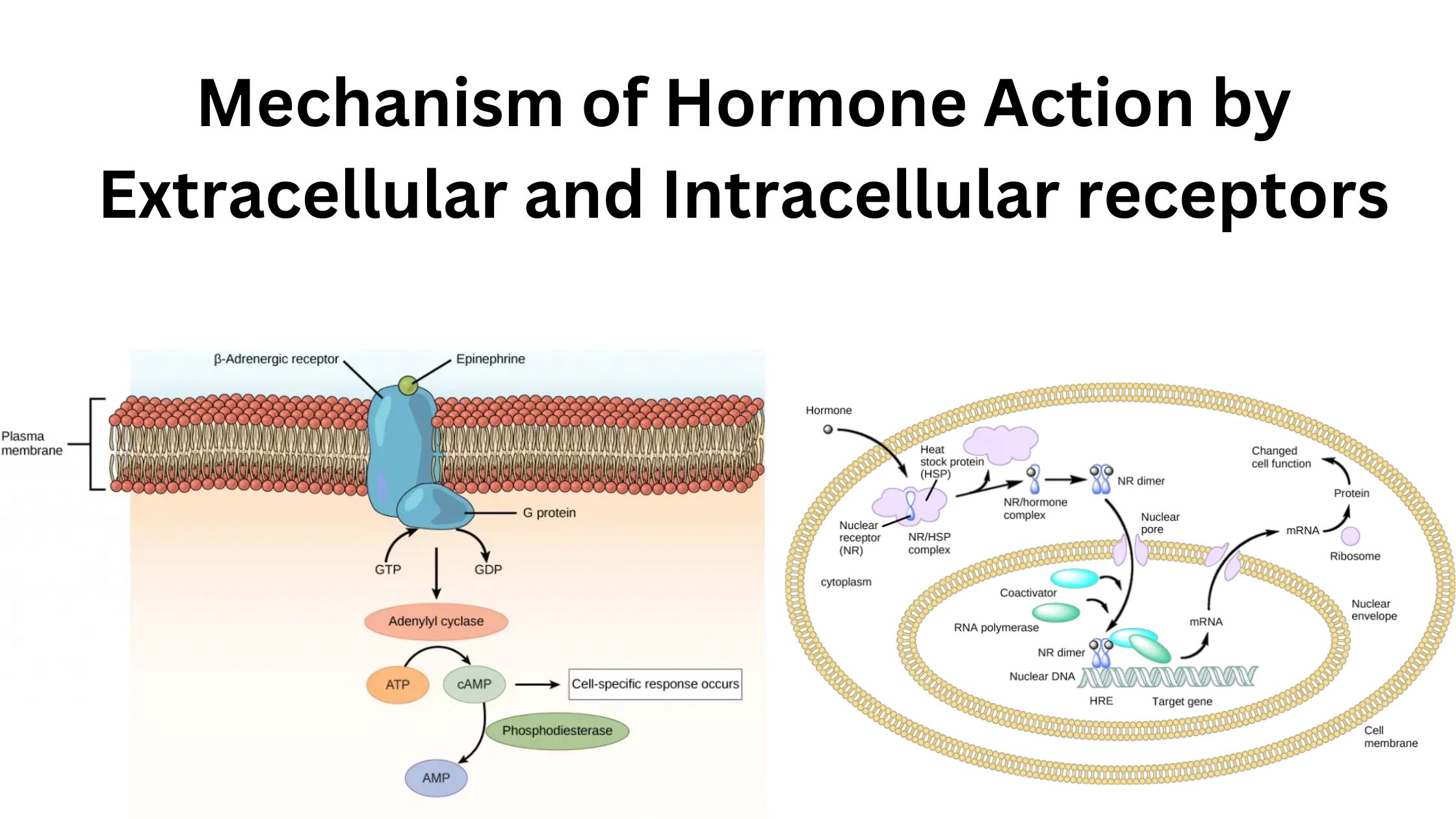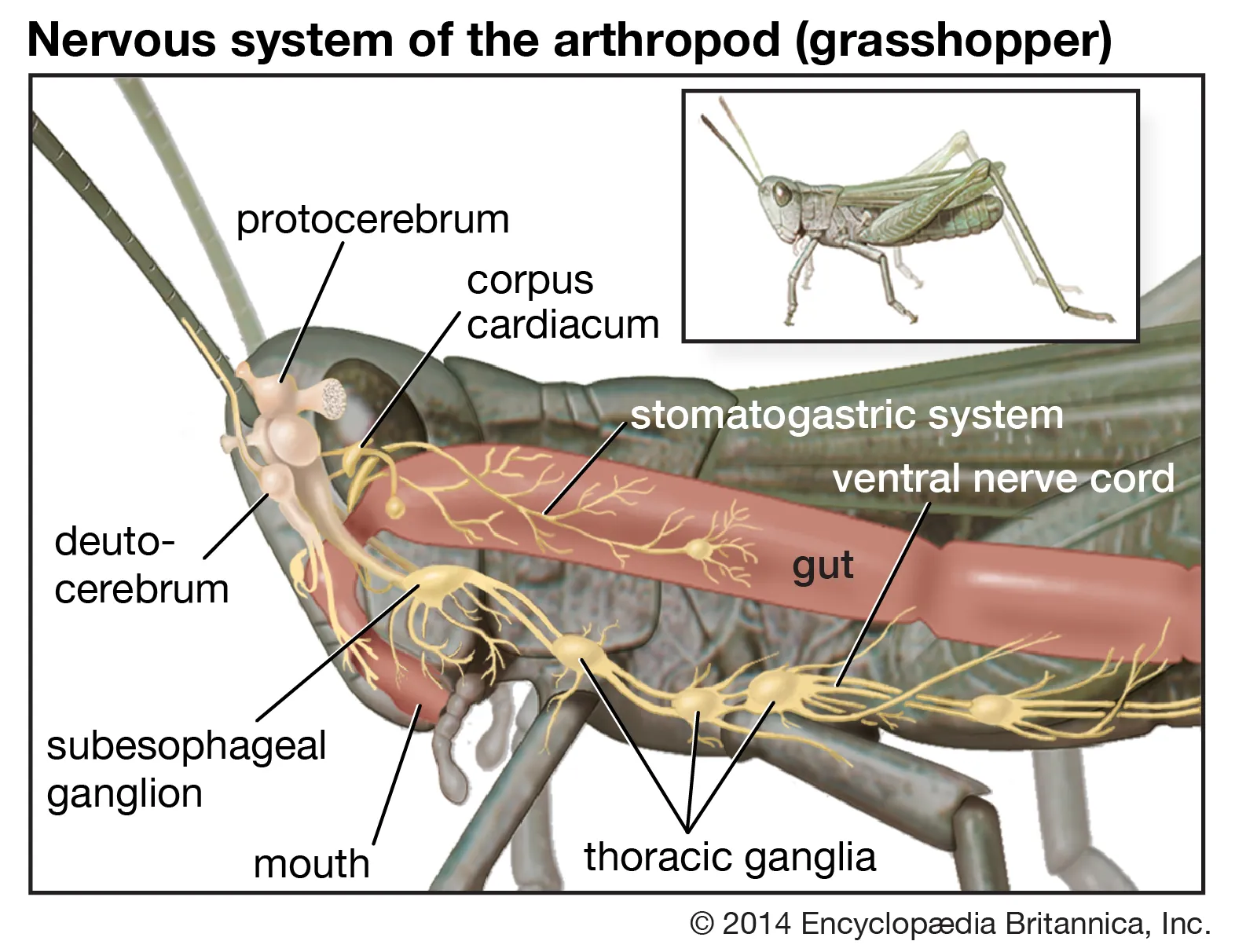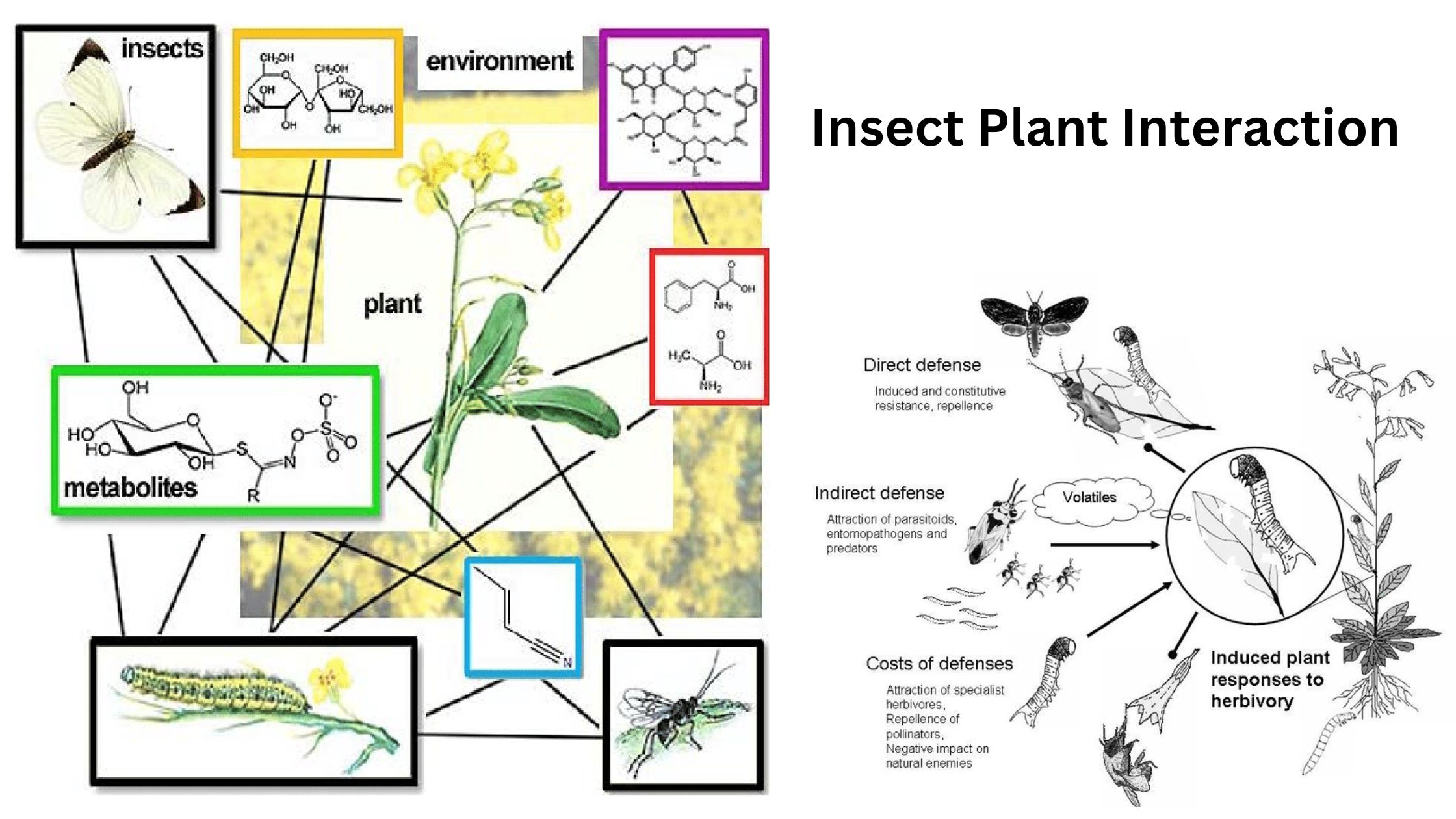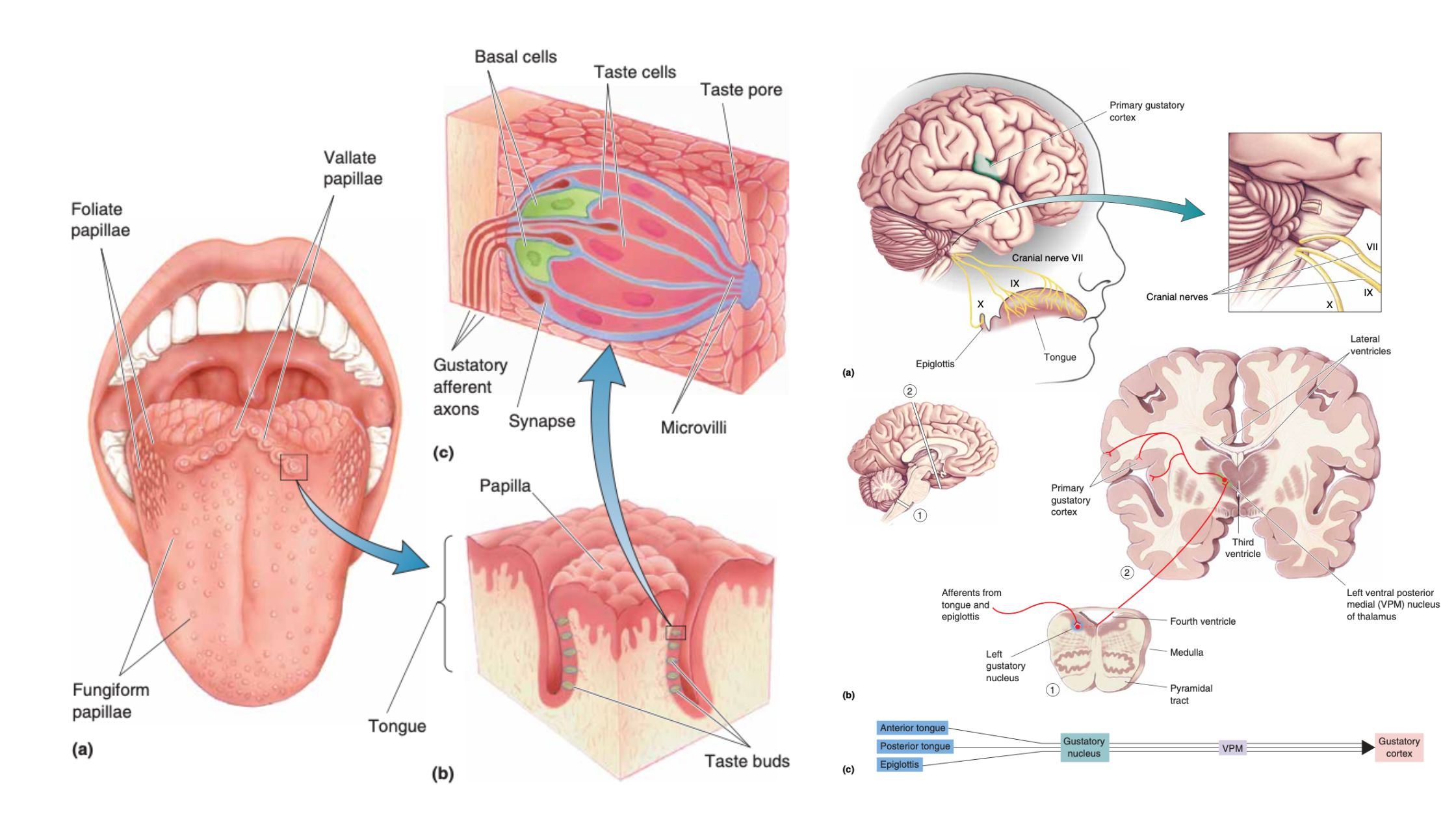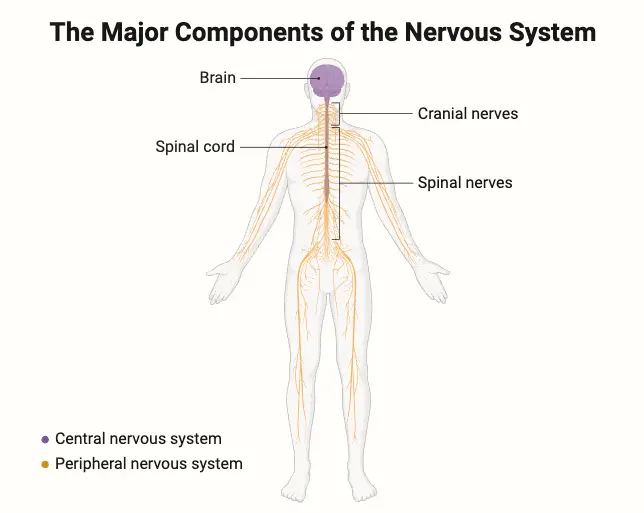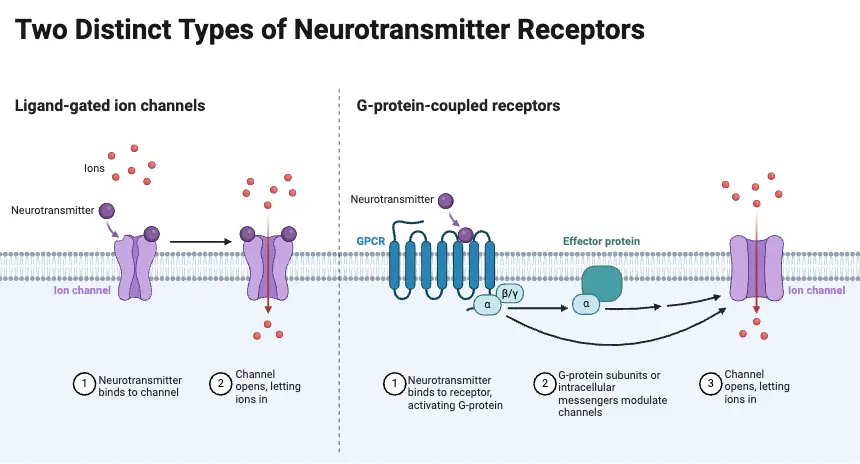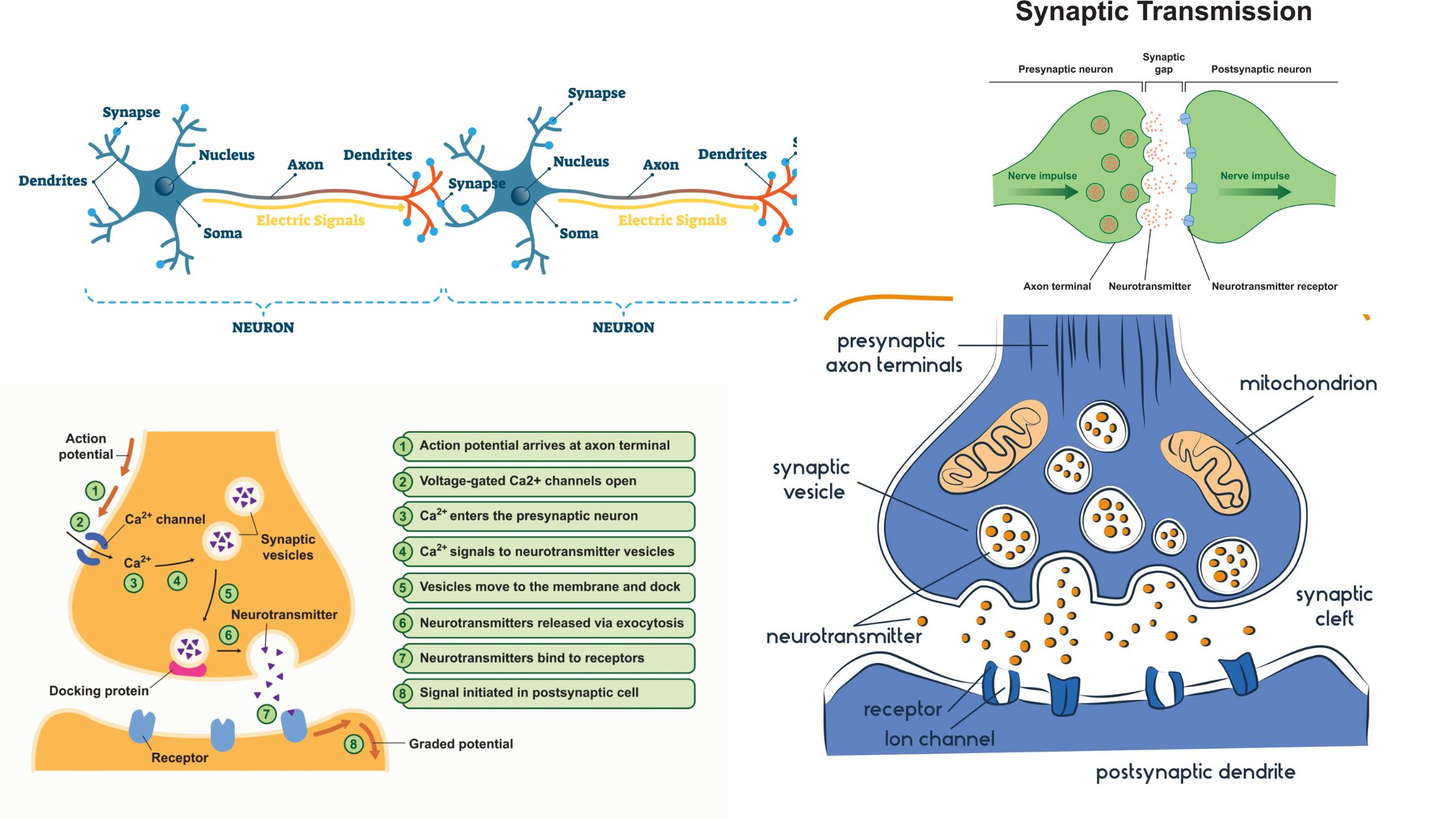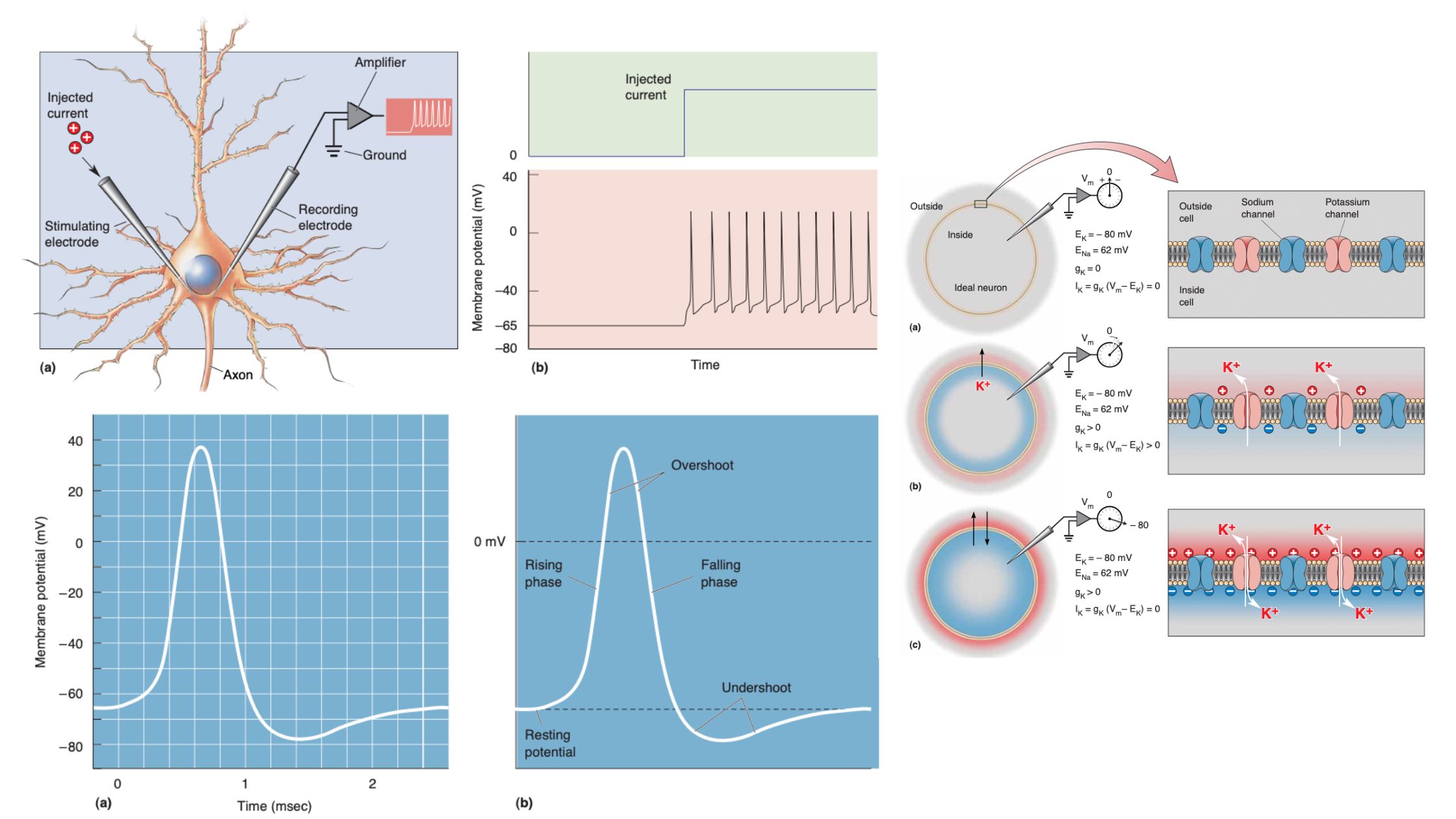Mechanism of Hormone Action by Extracellular and Intracellular receptors
Hormones are biochemical messengers produced by glands in the endocrine system and secreted into the bloodstream to regulate various physiological processes in the body. They play a crucial role in maintaining homeostasis and influencing a wide range of functions, including: Hormones exert their effects by binding to specific receptors on target cells, initiating a cascade … Read more
